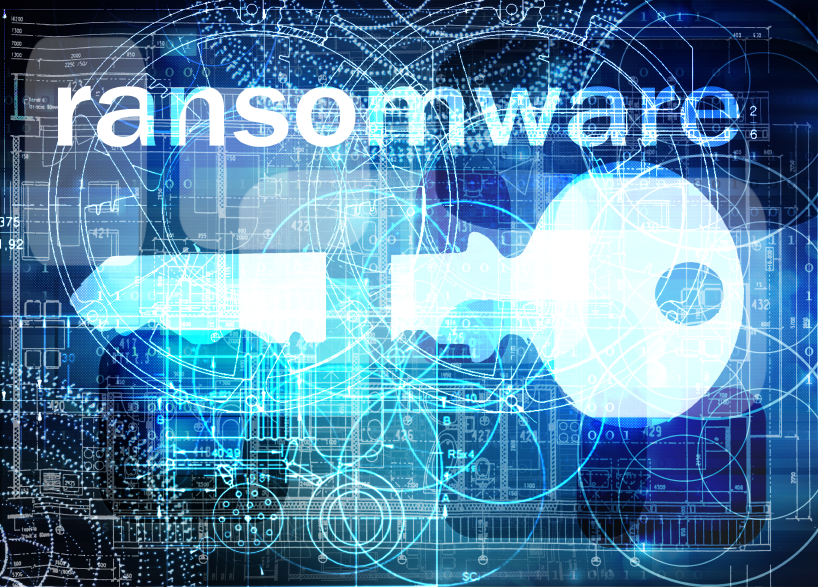Ransomware on the Rise

January 20, 2015 - Federal Bureau of Investigation
FBI and Partners Working to Combat This Cyber Threat
Your computer screen freezes with a pop-up message—supposedly from the FBI or another federal agency—saying that because you violated some sort of federal law your computer will remain locked until you pay a fine. Or you get a pop-up message telling you that your personal files have been encrypted and you have to pay to get the key needed to decrypt them.
These scenarios are examples of ransomware scams, which involve a type of malware that infects computers and restricts users’ access to their files or threatens the permanent destruction of their information unless a ransom—anywhere from hundreds to thousands of dollars—is paid. Ransomware doesn’t just impact home computers. Businesses, financial institutions, government agencies, academic institutions, and other organizations can and have become infected with it as well, resulting in the loss of sensitive or proprietary information, a disruption to regular operations, financial losses incurred to restore systems and files, and/or potential harm to an organization’s reputation.
Ransomware has been around for several years, but there’s been a definite uptick lately in its use by cyber criminals. And the FBI, along with public and private sector partners, is targeting these offenders and their scams.
When ransomware first hit the scene, computers predominately became infected with it when users opened e-mail attachments that contained the malware. But more recently, the FBI is seeing an increasing number of incidents involving so-called “drive-by” ransomware, where users can infect their computers simply by clicking on a compromised website, often lured there by a deceptive e-mail or pop-up window.
Another new trend involves the ransom payment method. While some of the earlier ransomware scams involved having victims pay “ransom” with pre-paid cards, victims are now increasingly asked to pay with Bitcoin, a decentralized virtual currency network that attracts criminals because of the anonymity the system offers.
Also a growing problem is ransomware that locks down mobile phones and demands payments to unlock them.
The FBI and our federal, international, and private sector partners have taken proactive steps to neutralize some of the more significant ransomware scams through law enforcement actions against major botnets that facilitated the distribution and operation of ransomware. For example:
Reveton ransomware, delivered by malware known as Citadel, falsely warned victims that their computers had been identified by the FBI or Department of Justice as being associated with child pornography websites or other illegal online activity. In June 2013, Microsoft, the FBI, and our financial partners disrupted a massive criminal botnet built on the Citadel malware, putting the brakes on Reveton’s distribution.
Cryptolocker was a highly sophisticated ransomware that used cryptographic key pairs to encrypt the computer files of its victims and demanded ransom for the encryption key. In June 2014, the FBI announced—in conjunction with the Gameover Zeus botnet disruption—that U.S. and foreign law enforcement officials had seized Cryptolocker command and control servers. The investigation into the criminals behind Cryptolocker continues, but the malware is unable to encrypt any additional computers.
If you think you’ve been a victim of Cryptolocker, visit the Department of Homeland Security’s U.S. Computer Emergency Readiness Team (CERT) CryptoLocker webpage for remediation information.
The FBI—along with its federal, international, and private sector partners—will continue to combat ransomware and other cyber threats. If you believe you’ve been the victim of a ransomware scheme or other cyber fraud activity, please report it to the Bureau’s Internet Crime Complaint Center.
Resources:
- Botnets 101
- Taking Down Botnets
- The Cyber Threat
- Cyber Threats Against the Financial Sector






